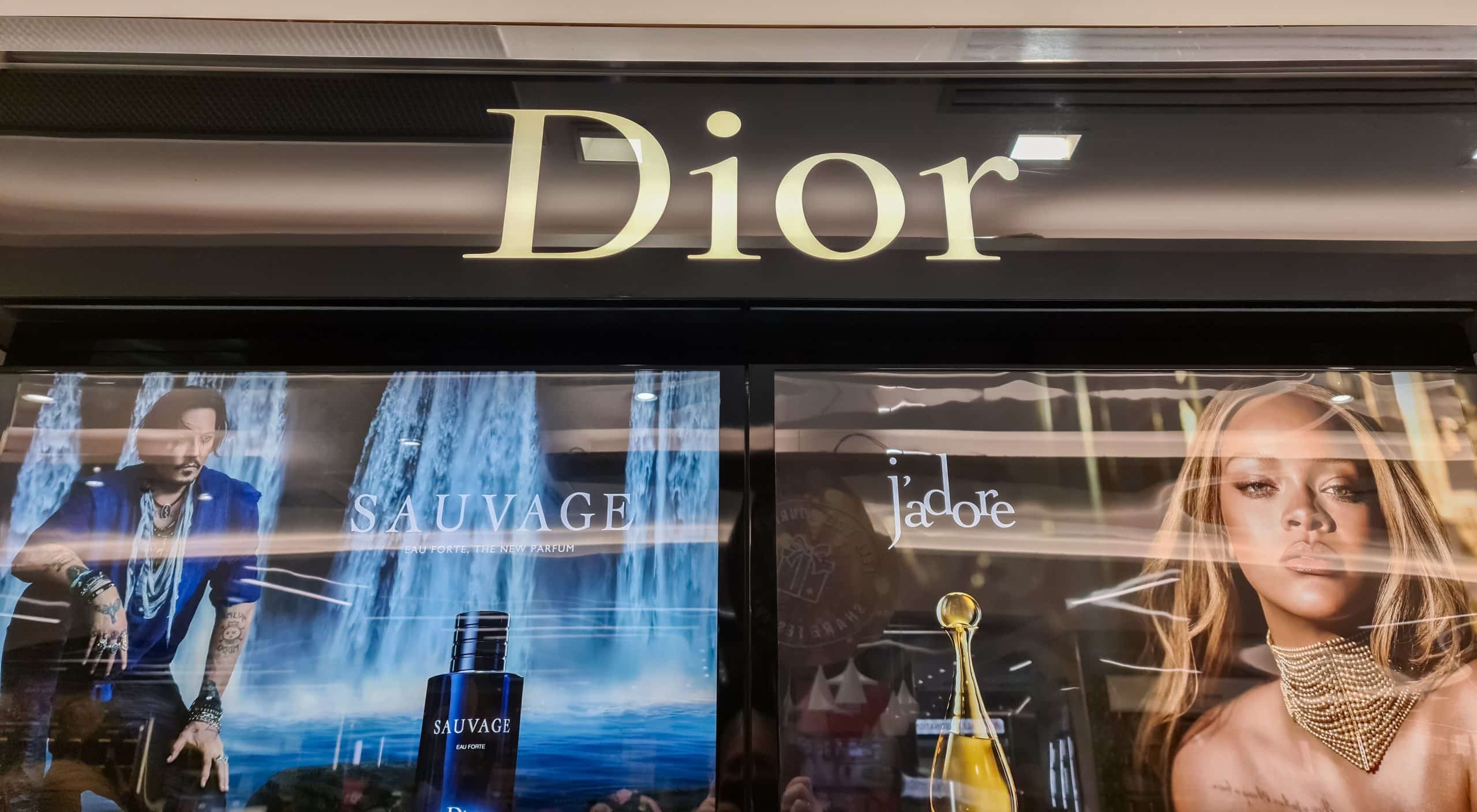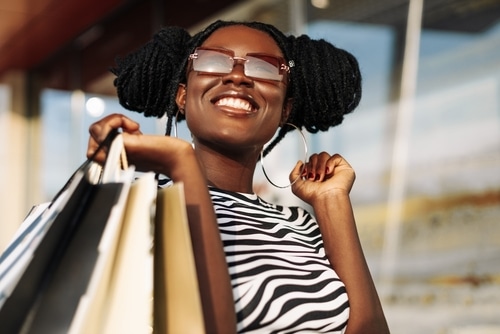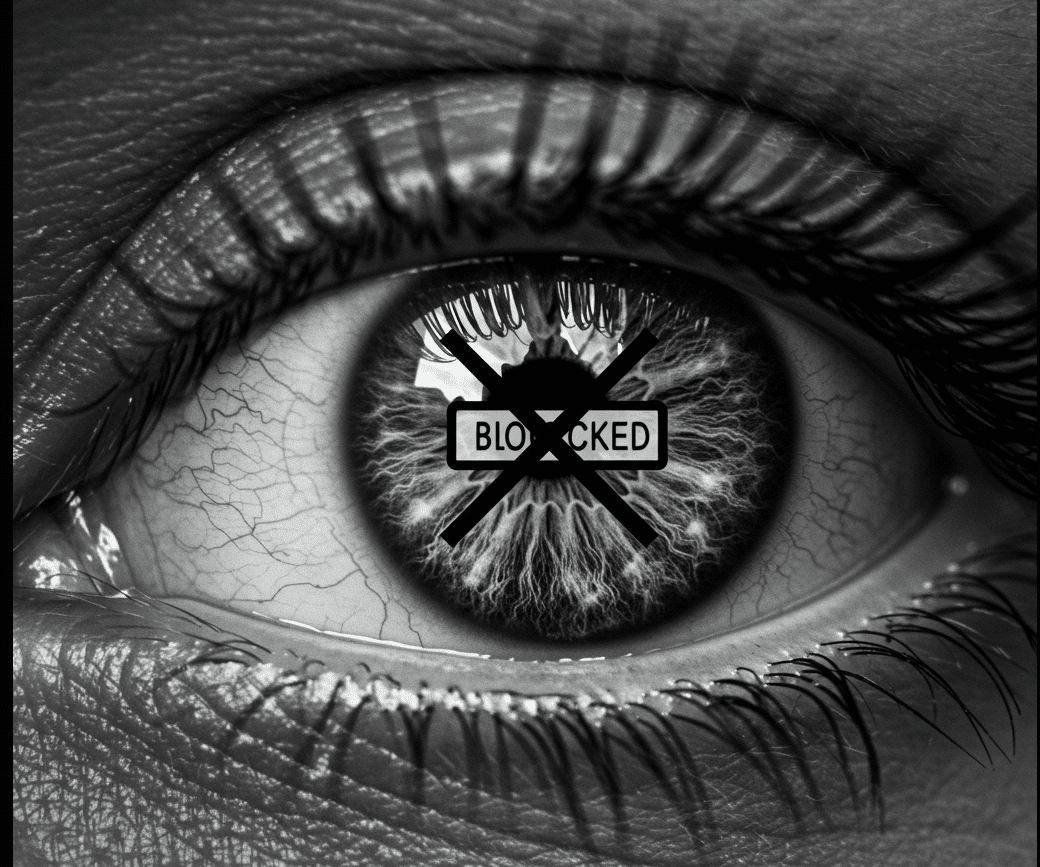Celebrity endorsements have long been a staple of the marketing industry. From the 1700s, when the likenesses of British royals were used to sell chinaware and chocolates, to the 1800s, when stage actors hawked soap, cigarettes and Coca-Cola, through the 1900s, when athletes shilled for literally anything (I never personally understood what Michael Jordan had to do with batteries, but perhaps that’s just me).
Nowadays, celebrity endorsements and partnerships are more common than ever, and a whole new type of celebrity has emerged — the social media influencer. Both have their benefits, with influencers generally gaining an advantage for being perceived as a “regular person” with a lifestyle that appears more relatable than that of a Hollywood A-lister.
But no matter the celebrity or what level of fame they’re at, what happens when this strategy goes seriously awry?
It’s worth taking a look at some of the more notable examples of celebrity endorsement fails. Not only is it a fun case study in marketing history — that is, if you’re not the brand or the celebrity taking the fallout — it’s also enormously informative if you’re eyeing a celebrity endorsement for your own venture.
The Hypnotic Halo Effect
Our brains are naturally inclined to make snap judgments. When we see a beloved celebrity associated with a product, we form a subconscious link, which is where the halo effect comes in. The positive traits we attribute to the celebrity — like achievement, athleticism, or charisma — seem to transfer to the product they’re promoting. But the halo effect goes both ways, and one negative association with a product can quickly spiral out to become the public’s view of the entire brand, and put customers off it forever.
Endorsement Fails: When Stars Align (the Wrong Way)
Securing the celebrity you’ve always wanted for your brand can seem like a marketing dream come true. But there’s always risk, and it’s hard to know where a potential problem might come from, or whose fault it might be. Sometimes it’s a celebrity whose behavior outside the endorsement casts a negative shadow on the product (see OJ Simpson and Kanye West). Other times, audiences see right through it, and the endorsement feels clunky and doesn’t resonate. Oftentimes, it’s no one’s fault at all, just bad timing when the ad drops.
On rare occasions, a celebrity has passed away in the midst of an endorsement, like Amy Winehouse with her fashion line for Fred Perry. (The brand actually continued with the Amy Winehouse Foundation Collection, though, and still donates money to causes that help with substance abuse.)
Then there’s the times a celeb just doesn’t fit the brand, and it’s painfully obvious to the audience. One example was when Kim Kardashian signed on to promote a prepaid credit card targeted at a younger audience that was criticized as being loaded with fees. The mismatch of a person living the most bougie life on the planet pairing with a budget card was absurd, and Kardashian — more accurately the Kardashians, all of them — later pulled out of the deal. Naturally, social media endlessly made fun of it.
There was another highly notable hiccup in the Kardashian endorsement universe, too: The Kendall Jenner Pepsi ad, which made the excruciatingly tasteless choice of using visual shorthands of the Black Lives Matter protests to try and sell soda.
“The Kendall Jenner Pepsi ad, which tried to tackle social justice themes, came across as out-of-touch and was pulled almost immediately,” says Stacy Jones, a celebrity branding specialist and founder of creative pop culture agency Hollywood Branded.
Bad Celebrity Endorsement Examples
50 Cent and Vitamin Water is a bad celebrity endorsement that always stands out to me. The rapper, known for his tough persona and fit, muscular body, promoting a sweet, sugary drink just felt mismatched. It also didn’t help that Coca Cola, the brand’s parent company, later argued in court that, “no consumer could reasonably be misled into thinking Vitamin Water was a healthy beverage.”
“Another, less-known fail is when Charlize Theron endorsed Raymond Weil watches,” says Baruch Labunski, CEO and founder of digital marketing agency Rank Secure. “She was to wear Weil watches but had a contract with Dior perfume simultaneously and wore a Dior watch.”
Then there are the instances of brands mistakenly believing that just because a product has been successful for one celebrity, it will work for another. “Hulk Hogan tried to copy the success of George Foreman with a nearly identical grill,” Labunski adds. “That was a problem, but the endorsement really failed when the grill was recalled for safety issues.”
What’s the Fallout From a Fail? Consequences of Endorsement Failure
The consequences from a poor celebrity endorsement can vary from a minor setback to a major PR disaster. The biggest one in recent memory might be Dylan Mulvaney and Bud Light. Most people may have had no idea who Mulvaney even was at the time, but they sure did after her endorsement blew up. “Sales fell quickly to the lowest in 24 years, reducing Anheuser-Busch’s value by $4 billion,” says Labunski. A year later, “Anheuser-Busch still hasn’t recovered from the Bud Light fiasco. It has tried rebranding and using other advertising, but nothing has worked.”
It is of course worth noting that these things rarely happen in a vacuum — certainly, there were plenty of bad faith actors in this case, fanning the flames of online outrage — but the bottom line for Bud Light was that it backfired. This despite the fact that the product featuring Mulvaney wasn’t even for sale — rather, it was a one-off item sent to her to feature on Instagram.
For your performance marketing results, a fallout in celebrity endorsement impacts your ad spend and ROI. If your celebrity doesn’t resonate with your target audience, ad performance will drop. Moreover, given the expensive endorsement cost, not seeing a corresponding rise in conversions will lead your marketing ROI to fall.
In the long term, though, it seems like big brands usually bounce back and stabilize at the least, and continue growing at best. Pepsi is another brand that’s had a variety of celebrity mishaps over the decades besides Jenner, including with Michael Jackson and Madonna, but the company has come out fine in the long run.
Key Takeaways
In the end, the fallout is relative. Jones says that “these incidents rarely do permanent damage to the brand itself. The negative attention is almost always focused on the celebrity, not the company. Brands may get swept up in the moment and face a PR hiccup, but the storm passes quickly. What sticks is how they respond.”
“With very few exceptions, any sales dip or reputation hit is temporary. For most celebrity blunders, the brand’s connection is a side note. People are focused on the celebrity’s fall from grace, not holding the brand accountable long-term,” Jones adds. “What matters is the response. Transparency and authenticity are key. Own the situation, communicate with your audience, and move on. If it’s a serious situation, pull back slightly, maybe pause the campaign or shift to a new message — but don’t panic. Brands like Nike, which stood by Tiger Woods and later embraced his comeback, often come out even stronger because they handled it with grace.”
Frequently asked questions (FAQs)
Why do all types of businesses use celebrities as endorsers?
Simply put by Johnson: “Because it works.”
“Celebrities bring instant attention, credibility, and aspirational value,” she says. “They tap into the emotional connection consumers have with them and it’s not just a product endorsement, it’s a story and a lifestyle. Think of Michael Jordan with Nike’s Air Jordans or Beyoncé with Adidas. These partnerships create cultural moments that last for years. Even when controversies arise, those initial moments of impact are rarely undone.”
Are celebrity endorsements still effective?
“Absolutely,” says Johnson. “What’s changed is that today’s audiences demand authenticity. People want to feel that the celebrity genuinely believes in the product, they’re not just cashing a check. This is why influencer partnerships have grown — influencers often feel more relatable and approachable than A-list celebrities.
“That said,” she continues, “the right celebrity can still have a massive impact. Look at Ryan Reynolds and Mint Mobile or George Clooney with Nespresso. These work because the partnerships feel organic and aligned with the celebrity’s personal brand.”
Labunski maintains, however, that “celebrities don’t hold the same glamour and fascination with the public as they once did. In fact, many U.S. citizens don’t care for celebrities at all anymore. That is shown by declining viewership in award shows like the Emmys and the Academy Awards, heavily pushed movies at theaters, and lower interest in celebrity gossip.”
“However,” he says, “the shift to social media influencers continues to rise. They are part of the new online media boasting millions of followers and are considerably cheaper than a celebrity, making using influencers tempting.”
It still seems that whether it’s an A-lister or an influencer, there’s a right celebrity endorser for every brand as long as they understand their audience and communicate authentically.
Is celebrity endorsement a fallacy?
If you own a brand and enlist a celebrity to help push your product, you need to understand that you’re hitching your wagon to their star — for better and/or worse. Though it’s impossible to know what might happen, it’s best to have somewhat of a plan in place for potential mishaps.
“A celebrity endorsement is like borrowing their spotlight,” Johnson says. “Yes, it may dim slightly if they stumble, but it’s rarely catastrophic. What’s more important is building a plan to navigate those moments. Be transparent, address any concerns authentically, and avoid leaning into the drama. Sometimes a well-timed pivot — like launching a new campaign — is all it takes to move past the noise.”
There’s always risk, but the payout for a well-executed celebrity endorsement can be a cultural connection that lasts years. “Celebrity endorsements are incredibly powerful when done right,” says Johnson. “The occasional misstep isn’t something to fear — it’s something to prepare for.”



